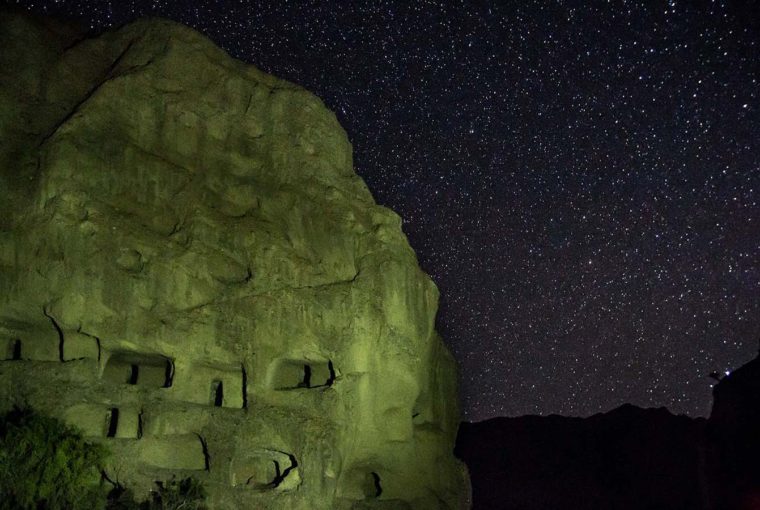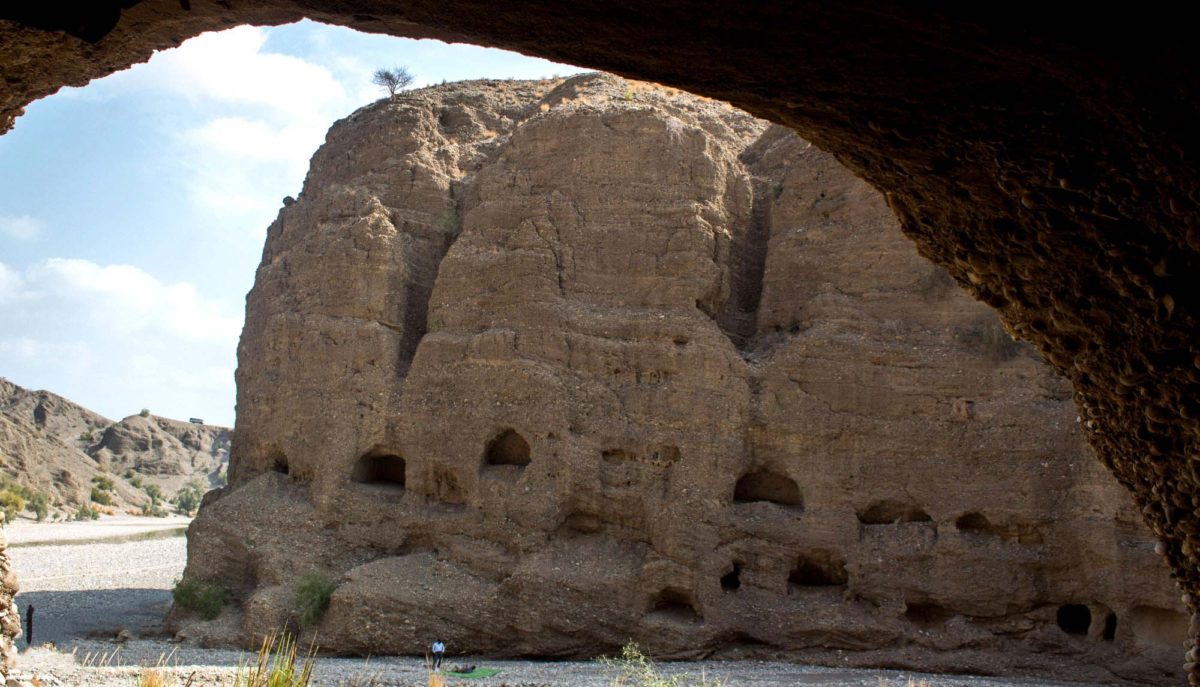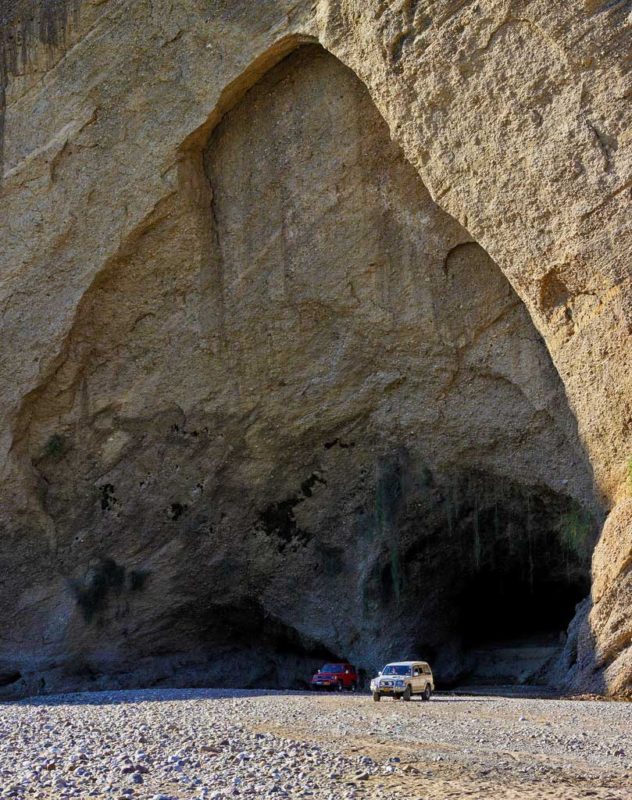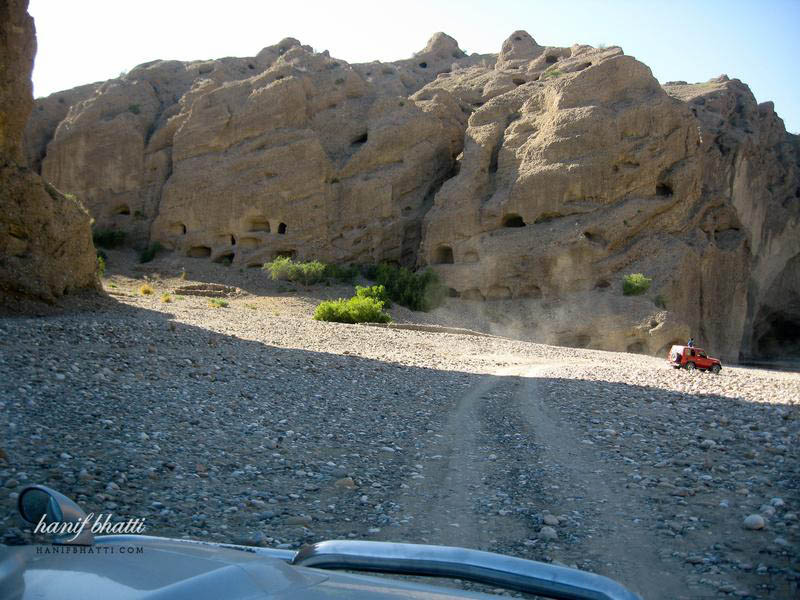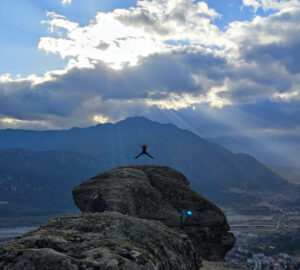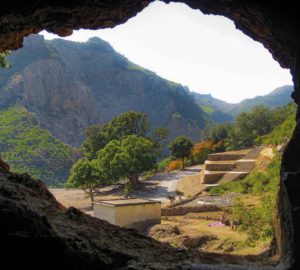The ‘House of Spirits’ in Balochistan tells the story of a mysterious people we may never fully know about…
Balochistan is Pakistan’s best-kept secret. Dry, barren and inhospitable on the outside, it is a province that reveals its real beauty closer to night-time — at the golden hour when the rays of the setting sun highlight the various shades of brown and red that constitute the mountains. The textures on the surface expose how these massive tectonic plates smashed against each other to form the rocky mountains of the province. The evidence of how the earth came to be the way it is today is all still there, hidden by forests and vegetation, protected from the civilizations that came along the way. Balochistan’s emptiness has served to preserve its natural history.
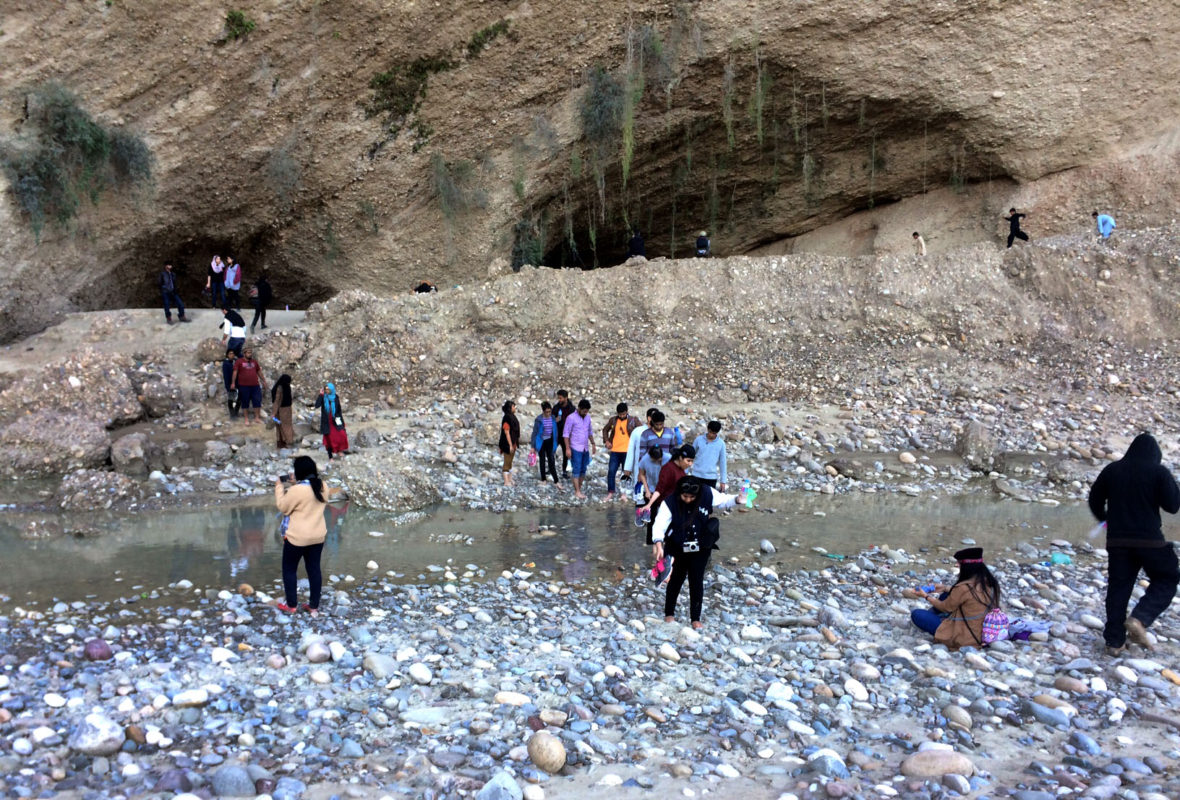 The fact that it is currently the least populated province, despite being the largest in Pakistan, has also helped to preserve the history of some of the ancients that once lived there. At night, the sky opens up unlike anywhere else to reveal the stories of worlds long gone.
The fact that it is currently the least populated province, despite being the largest in Pakistan, has also helped to preserve the history of some of the ancients that once lived there. At night, the sky opens up unlike anywhere else to reveal the stories of worlds long gone.
To spend a night in Balochistan is to experience a surreal and magical feeling.
The ‘House of Spirits’ or the cave city of Lasbella (officially referred to as Gondrani) is known by a variety of different names. To the locals, it’s known as Shehr-e-Roghan and is situated around 175 km from Karachi. Part of the journey is off the highway on a dirt trail – if you can find it.
Caves similar to those in Cappadocia
Cave dwelling isn’t ‘normalized’ in our part of the world. Going through the cave city of Godrani, one couldn’t help comparing it to the underground cave cities of Cappadocia, Turkey. The ones in Cappadocia run several stories underground, are well-developed, and account for the passage of fresh air so all levels are properly ventilated. They served as a refuge to some of the earliest Christian converts fleeing persecution. Owing to the fact that Turkey gets a large number of tourists every year, those cave cities are well preserved. The ones at Godrani are not.
During the British colonial era, there were 1,500 caves or rooms on record. Now, hardly 500 remain. Like most archaeological sites in Pakistan, the caves are in a state of decay and erosion. No effort is made to preserve and protect them. And that, to me personally, is quite sad.
The city in itself is quite impressive: Carved into rocks in the mountain are rooms and balconies as well as spaces that may have served as kitchen areas, all connected by intricate pathways. There are niches for oil lamps and what look like hearths for fire to keep warm in the winter.
Who knows what became of the city’s original inhabitants?
Legend has it…
There are lots of theories, but nothing that can be confirmed as fact. Historians are of the opinion that Godrani was once part of a large Buddhist monastery. This is consistent with the excavation of archaeological sites in the area pointing to the region possibly being part of a Buddhist kingdom in the eighth century.
Locals, however, tell a variety of different stories. One of them is that of a king – who lived during the era of Solomon – and Badiul Jamal, his daughter. Haunted by demons, her life was a living hell. Many tried to free her from these supernatural monsters but failed. In what can only be described as the plot of a fantasy film, it was a Prince Saif-ul-Mulook that finally defeated them.
In the most common legend related by the locals, the city of Godrani was haunted by demons and evil spirits from the mountains. Not only that but those evil beings would, allegedly, feed on the flesh of the people living there. In this version, no prince rushed to the rescue of the villagers. It was, in fact, an old pious woman by the name of Mai Balochani who offered her life as a sacrifice to the demons so that they would leave the villagers alone. According to others, she exorcised the village of the demons and stayed there to protect them until her death.
Her shrine exists in the first village closest to Godrani and is frequented by locals. I’m not particularly superstitious, but there’s hard evidence that this lady existed. Whether the demons actually did, or what really happened in her lifetime, is up for debate.
Starry, starry night
Amateur astronomers and ardent stargazers have long been going to Balochistan to observe the heavens. To gaze at the stars is like staring into infinity – they appear endless. Nowhere else is the sky so clear as to reveal the celestial map that is constantly above us. To observe it next to the ‘House of Spirits’ is a bit creepy, for sure, but then, what’s life without a bit of risk and adventure?
We observed the usual suspects visible at this time of the year: Orion’s Belt, Pleiades or the ‘Seven Sisters’ (a cluster of seven stars also known as ‘Soraya’ in the East), Pegasus, Perseus and Taurus. The Andromeda Galaxy, our closest galactic neighbour, was visible via a telescope. As were the planets of Venus and Jupiter.
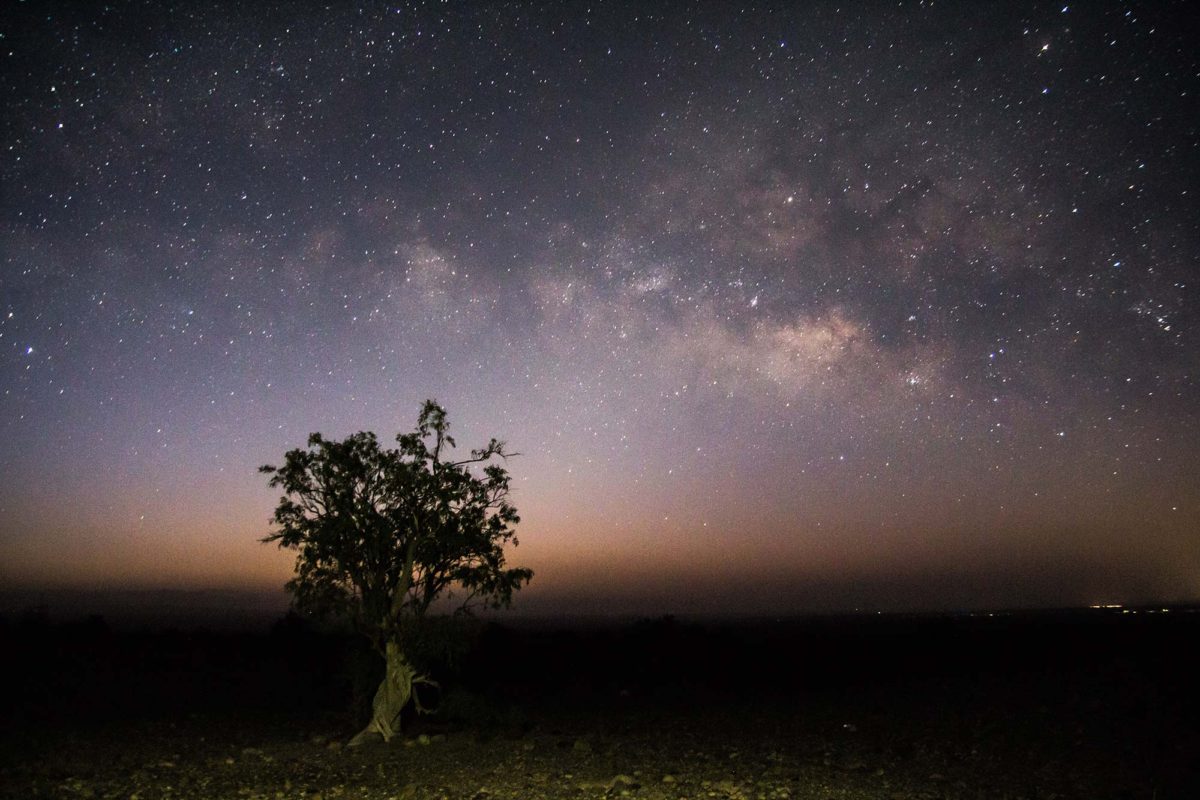
It’s when you look up at the stars – at celestial beings hundreds of thousands years old and several times the size of our own planet – that you’re struck by your own insignificance in the larger universe. It’s a deeply humbling feeling and one that quickly puts your life and the pettiness of your problems in perspective. “There are more things in heaven and earth than are dreamt of in your philosophy,” said Shakespeare in Hamlet. Far more than we could ever imagine or hope to discover in one lifetime.


